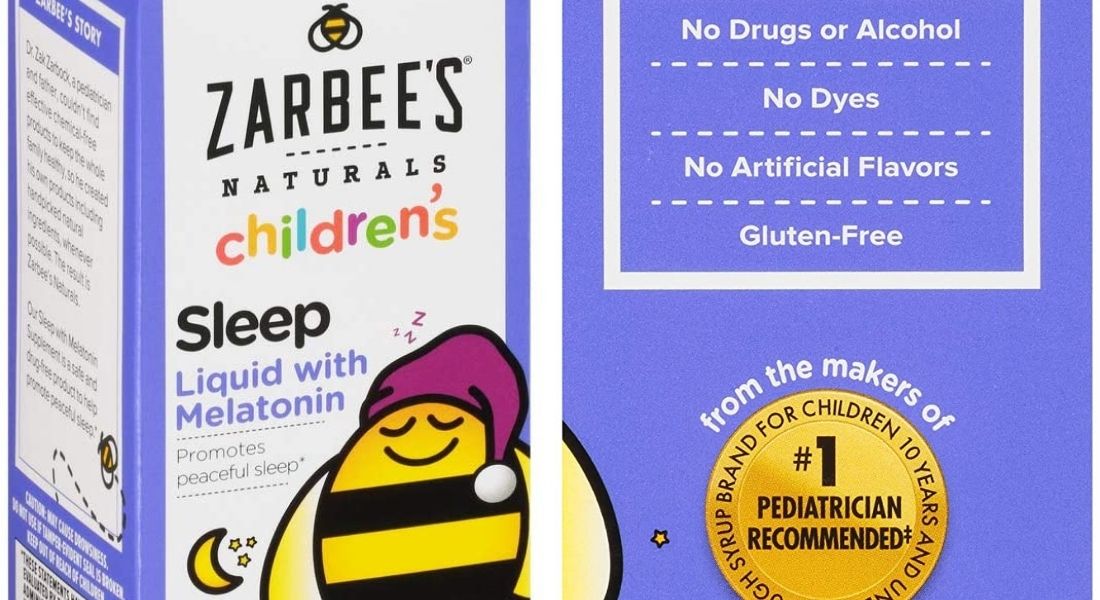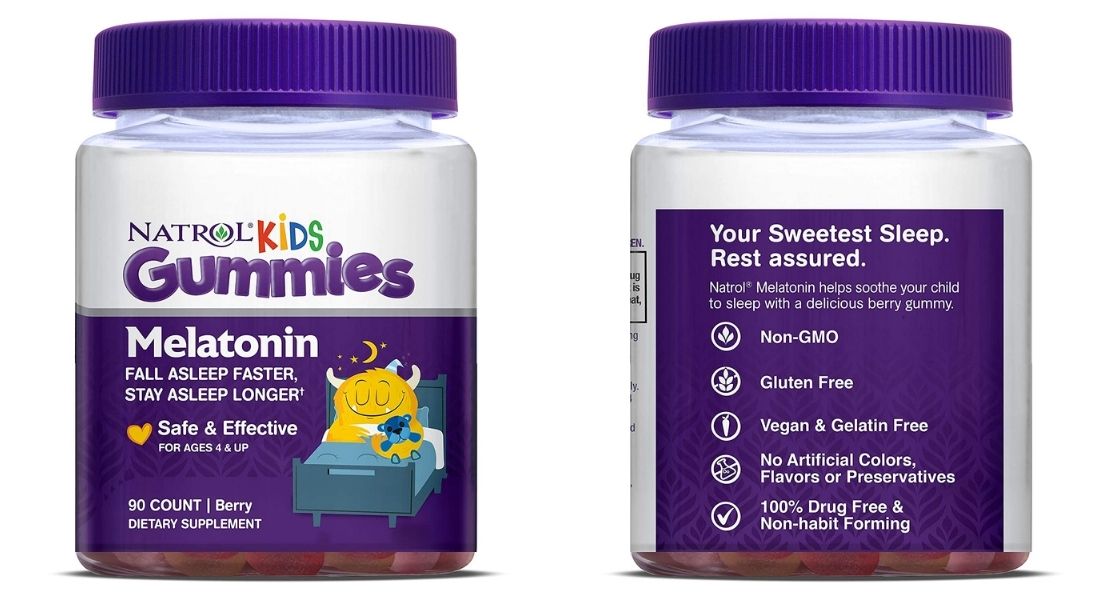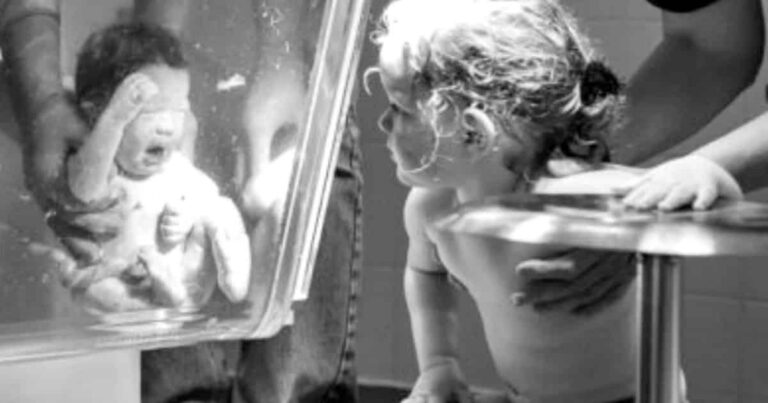5 Things To Know About Melatonin For Toddlers – Updated For 2023

One of the most challenging things about parenthood is trying to function day-to-day when you get very little sleep. We expect it from our babies, but the reality is, for many parents, when their baby becomes a toddler, they’re often not any better at sleeping by that point. There are a lot of strategies that we can implement to help increase the sleep our toddler gets – and ourselves – and on top of a solid routine, giving or toddler melatonin before bed can be a positive step towards getting some good, solid sleep. For those curious, here’s what parents should know about melatonin for toddlers.
What is melatonin?
According to Boston Children’s Hospital, melatonin is a hormone that’s naturally released in the body that helps us regulate the “circadian clocks that control not only our sleep/wake cycles but virtually every function of our bodies.” Our bodies, including toddlers, typically release the natural melatonin during the evening, triggered by it being dark outside. It’s not something or bodies put out during the day.
Does melatonin help toddlers sleep?
Some studies have shown that giving a supplement with synthetic melatonin to or toddlers before bed can help them fall asleep a little faster. It doesn’t help them stay asleep. However, it could be used as a part of a healthy sleep routine, after talking to your child’s pediatrician first.
There is a stronger link of melatonin for toddlers helping those diagnosed with neurological conditions, like autism spectrum disorder and attention deficit hyperactivity disorder, both of which affect kids’ ability to fall asleep.
Melatonin should be used in conjunction with other best-sleep practices.
Giving a toddler some melatonin and hoping that it would do the trick and that’s the solution to your toddler’s sleep issues isn’t realistic. Melatonin can be impactful if it’s used in conjunction with other best-sleep practices for kids. This includes having a routine, consistent bedtime and a process that the toddler goes through to start signaling it’s time for them to go to bed.
There’s no one-size-fits-all for a good bedtime routine. Given this, you can play with whatever works best for your child and your home. For some, the routine includes a bedtime bath, laying in bed and reading a book, before turning off the light and drifting to sleep. The thought behind this is to give your child’s body all the signals it needs to start the natural production of melatonin. The melatonin supplement on top of it can be an extra hand.
On the opposite, some factors should be avoided before bed, since they suppress the body’s natural ability to begin the melatonin production process. One big hindrance is when our kids use “light-emitting” devices – so smartphones, tablets, and television – just before bed. Experts suggest limiting the use of these before bedtime so kids, and in doing so, it can help reduce the time it takes for toddlers to fall asleep.
Is there an accepted dosage of melatonin for toddlers?
Because melatonin isn’t regulated or approved by the FDA as a sleep aid in toddlers, it’s important to discuss the option of giving melatonin to your toddler with their pediatrician. They can help guide you through other issues that may be contributing to the difficulties of sleeping and troubleshoot issues that may contradict the use of synthetic melatonin.
Once you’ve gotten the go-ahead from your toddler’s doctor to use melatonin supplements, it’s best to start with a low dose and move up as needed. Your doctor should be able to direct the best range of dosage for your toddler. Many kids respond to 0.5 – 1 milligram, so it’s good to start there and move up, with the OK of your child’s doctor, every few days by 0.5 milligrams.
Most doctors will recommend the dose of melatonin for toddlers be given about an hour before bedtime, just before going through the rest of the sleep routine you’ve set for your toddler.
What are some of the popular brands of melatonin for toddlers?
There are several different melatonin brands for toddlers and different methods that it can be given – between liquids, gummies, and ones that dissolve in the mouth. Many are relatively affordable, and one bottle can last 1-2 months of use.
Zarbee’s Naturals Children’s Sleep Liquid with Melatonin Supplement


Amazon, $ 7.98
Zarbee’s is a melatonin-based product for kids aged 3 and up, and it includes some vitamins for better health. This comes in a liquid concentration in a tasty berry flavor, so there will be less pushback from the kids to take their dose before bedtime.
Natrol Melatonin Kid Gummies


Amazon, $ 9.99
Natrol for Kids comes in a gummy concentration. Each contains 1 milligram of melatonin in a jar with 90 gummies, so it can last up to three months for one child. This also comes in a delicious berry flavor and is gluten-free, dairy-free, and vegan.
Here’s the bottom line of using melatonin for toddlers.
When our toddler sleeps better, we sleep better, and it’s just all-around better for the whole family. While melatonin has been shown to help toddlers who struggle to fall asleep, and it can be especially helpful for kids with autism or ADHD, it’s always important to talk to our kid’s pediatrician.
Mommyish participates in affiliate partnerships – so we may receive a share of the revenue if you purchase anything from this post. Doing so won’t affect the price you pay and this program helps us offer the best product recommendations. Each item and price are up to date at time of publication.




